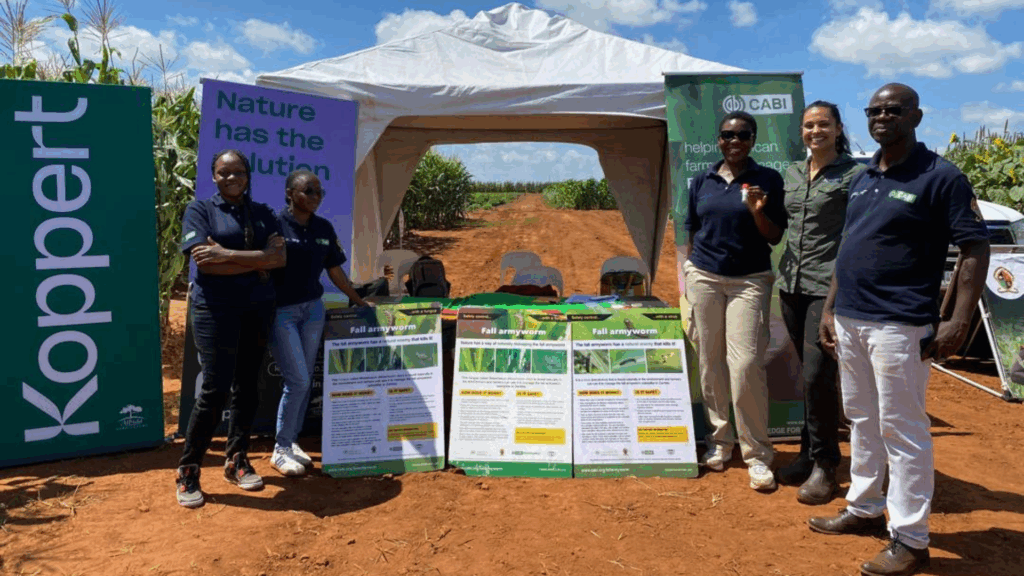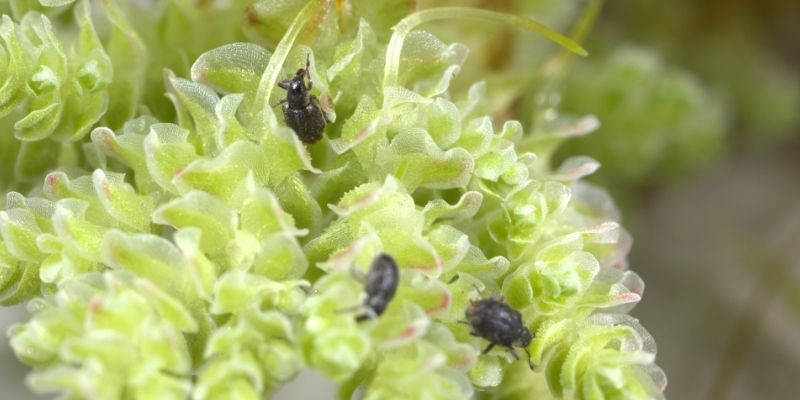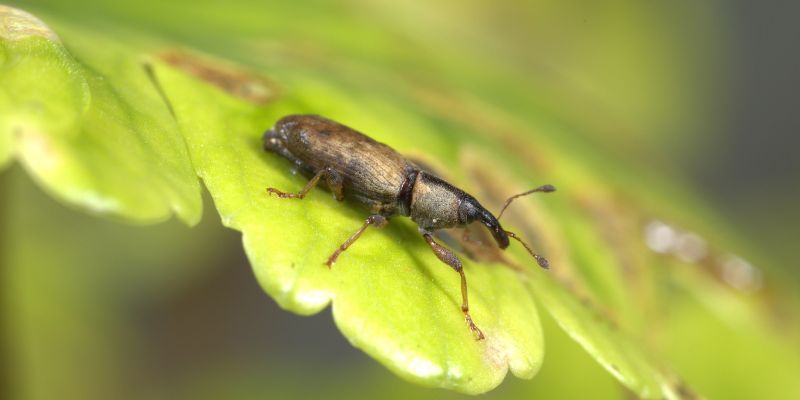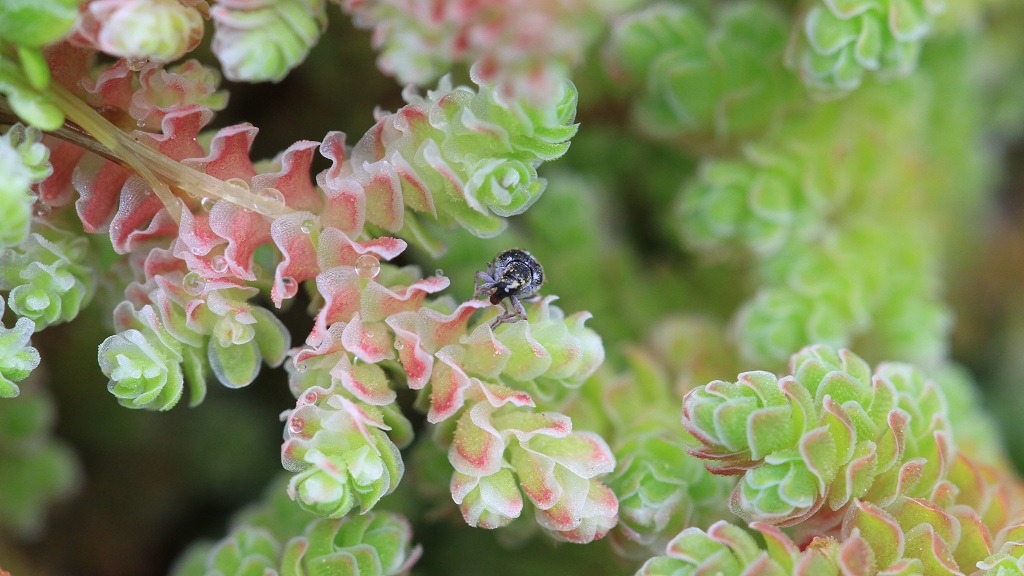Our most read blogs of 2024
As 2024 draws to a close, we’ve tallied the numbers to showcase the most popular articles on the Invasives Blog this year, along with a few favourites! This year’s most read blogs capture our collaborations with local communities and youth empowerment. We hope your favourites made it onto our most-read list! Take a look…
Dr Dick Shaw discusses the power of biocontrol
CABI has worked on invasive species for over 100 years, developing practical ways of tackling the biggest threats. Our scientists are world leaders in biocontrol research – an approach that uses invasive species’ natural enemies, like insects and fungi, to control their spread. In this blog, Dr Dick Shaw, CABI’s Senior Regional Director for Europe…
Countering the spread of the Asian hornet in Europe
A potentially game-changing approach used by CABI scientists in Switzerland could help populations detect Asian hornet nests and destroy them
Could better awareness increase the uptake of weed biocontrol in Europe?
To increase the uptake of weed biocontrol in Europe, we need more awareness about its benefits and successes New research suggests that greater awareness about the benefits and successes of weed biocontrol is needed in Europe to increase its uptake. Scientists have discovered a knowledge gap between global regions, showing that EU professionals are less…










